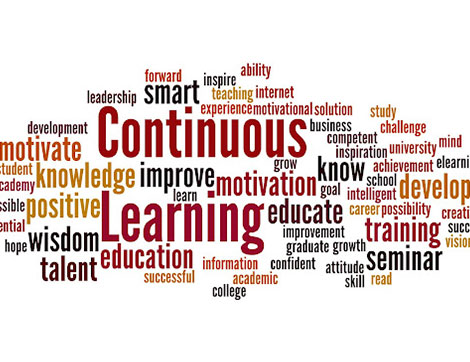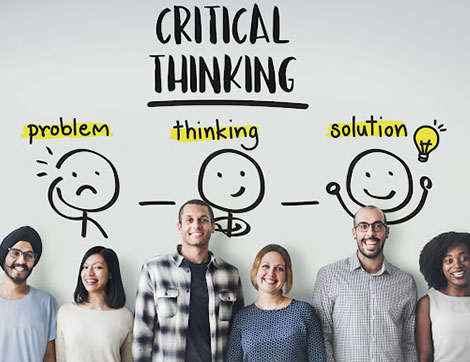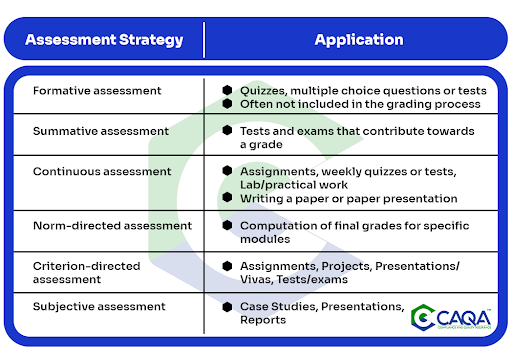One of the most important aspects of running a successful training organisation is creating an environment that is conducive to learning for your students. This means more than just providing a comfortable space for them to study – it also includes ensuring that they have access to the resources they need, feel safe and supported, and focus on their studies without distractions.
There are several ways to create such an environment, but one of the most important is having a clear and well-defined management structure in place. This will ensure that everyone knows their roles and responsibilities and that there is a clear chain of command should any issues arise. It will also help ensure that all students feel valued and respected, as they will know their concerns will be taken seriously and dealt with swiftly.
Another way to create a positive learning environment is to foster a sense of community within your organisation. This can be done in many ways, such as organising social events, providing opportunities for students to get involved in extracurricular activities, and simply encouraging them to interact and get to know one another. Creating a supportive and friendly environment will make it more likely that your students will stick around and continue learning with you for the long term.
There are many ways to create such an environment, but some of the most important factors include:
Encourage a learning culture
A learning culture is one where individuals are encouraged to continuously learn and develop their skills. This can be promoted by offering training and development opportunities, encouraging employees to take courses or attend seminars, and providing access to learning resources.
Promote student-centered learning
A student-centred learning environment is one where the focus is on the needs of the learner rather than on the teacher. This type of environment can be created by using active and collaborative learning strategies, providing ample opportunity for practice and feedback, and tailoring content to meet individual needs.
Enhance the quality of teaching
Enhancing the quality of teaching involves ensuring that instructors are well-prepared and have the necessary skills and knowledge to effectively deliver content. Additionally, it is important to provide ongoing support and professional development opportunities for teachers. This can be done by providing access to resources, such as online training modules or workshops. Additionally, it is important to encourage a learning culture within the organisation. This means promoting student-centered learning and fostering collaboration among students and instructors. By doing so, students will be more likely to engage in the learning process and be successful in their studies.
Increase access to resources
This can be done in several ways, such as by providing more books, journals and other materials in the library or by making sure that computer labs and other facilities are available and well-equipped. Increasing access to resources gives students the opportunity to learn more, both inside and outside of class.
Foster collaboration
This can be done by encouraging students to work together on projects and assignments or by setting up group study sessions. Collaboration helps students to learn from one another and to develop important skills such as teamwork, communication and problem-solving. Even if learning can be a group activity for its obvious benefits, you must ensure each student is assessed individually.
Encourage critical thinking
As a training organization, it is important to encourage critical thinking in your students. This can be done in many ways, such as by presenting problems and challenges for them to solve or encouraging them to ask questions and think creatively. Doing so can help them develop the skills they need to succeed in their careers. Additionally, this type of environment can also lead to better retention of information and improved learning outcomes.
Use technology effectively
As the management of a training organisation, you can create an environment that is conducive to learning for your students by using technology effectively. By utilising technology, you can provide your students with access to a wealth of resources that they can use to improve their understanding of the material covered in their course. In addition, technology can also help you monitor and assess your students’ progress, allowing you to identify areas where they may need additional support.
Address diversity issues
These can present challenges for training organisations in creating an environment conducive to learning for all students. However, there are several strategies that management can use to address these issues and create a more inclusive environment.
One way to address diversity issues is to ensure that all students feel welcome and included in the organisation. This can be done by ensuring that staff members are aware of and sensitive to the needs of all students. Additionally, the organisation can provide support services specifically for students from diverse backgrounds.
Another strategy for addressing diversity issues is to create curriculum and learning materials that are inclusive of all students. This means developing materials that reflect the experiences and perspectives of people from diverse backgrounds. Additionally, it is important to ensure that all students have access to these materials.
Finally, creating an environment where all students feel safe and respected is important. This includes having policies and procedures in place that address discrimination and harassment. Additionally, staff members should be trained on how to effectively deal with diversity issues.
Emphasise assessment and feedback
By regularly assessing student progress and providing feedback, trainers can ensure that students are on track and identify areas where they may need additional support. This also allows trainers to adjust their teaching methods as needed to better meet the needs of their students.
Another key strategy for creating a positive learning environment is providing ample practice and application opportunities. This allows students to implement their learning and gain hands-on experience with the material. It also helps them to see how the concepts they are learning can be applied in real-world situations.
Plan for continuous improvement
Always look for ways to improve the quality of your training programs and services. This can be done by setting goals and objectives and then working towards achieving them. It also involves constantly evaluating your programs and services and making changes where necessary. Always striving to improve can ensure that your students have the best possible learning experience.
So, if you want to ensure that your training organisation provides an optimal learning experience for your students, create a positive and supportive environment. With the right management structure and strategies in place and a focus on fostering a sense of community, you’ll be well on your way to success.












